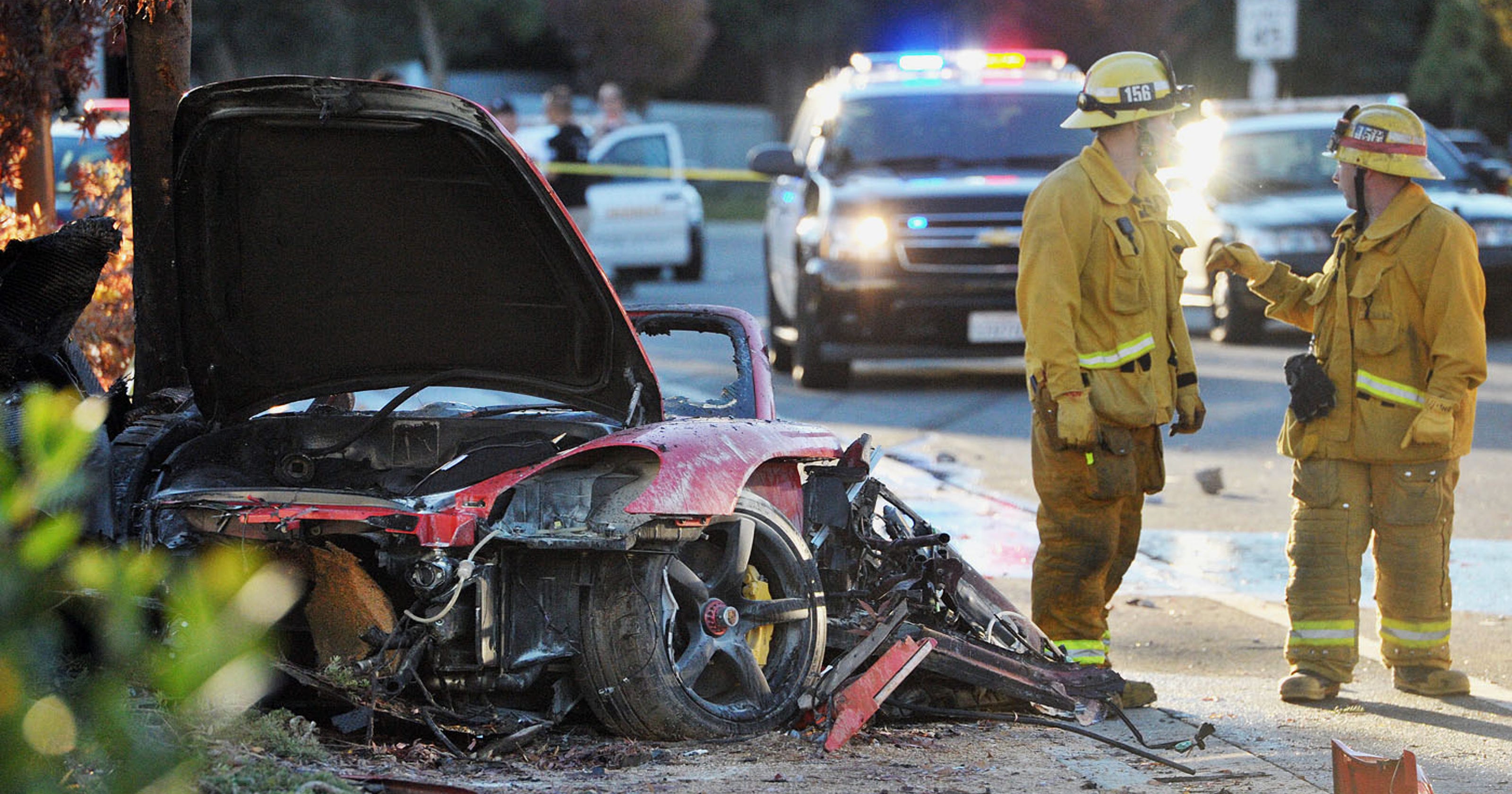When we talk about Paul Walker, the name resonates with millions of fans who remember him not just as an actor but as a symbol of friendship and loyalty in the Fast and Furious franchise. The tragic passing of this iconic figure left a void in Hollywood and the hearts of his fans. But beyond the headlines and media frenzy, the details surrounding his autopsy, including the infamous Paul Walker autopsy sketch, have sparked curiosity and even controversy. Today, we’re diving deep into the facts, the myths, and the reality behind this sensitive topic.
Paul Walker's legacy lives on in the memories of those who watched him grow from a young actor to a global star. His untimely death in a high-speed car crash in 2013 shook the world, and the subsequent investigation revealed more than what met the eye. The autopsy report and its accompanying sketch have become a focal point for those seeking closure or answers. But is everything as it seems?
In this article, we’ll explore the truth behind the Paul Walker autopsy sketch, separate fact from fiction, and uncover the details that have been overlooked by mainstream media. So buckle up, because we’re about to take you on a journey through one of Hollywood’s most talked-about mysteries.
- Murray Brothers Mortuary A Legacy Of Compassion And Care
- Dr Moumita Deb Nath The Rising Star In Medical Innovation
Table of Contents
- Biography of Paul Walker
- Details of the Autopsy
- The Reality Behind the Sketch
- Myths Surrounding the Autopsy
- Understanding the Forensic Process
- The Impact on Paul Walker’s Family
- The Role of Media in Shaping Public Perception
- Legal Implications of the Autopsy
- How Paul Walker is Memorialized
- Final Thoughts on Paul Walker Autopsy Sketch
Biography of Paul Walker
Before we dive into the specifics of the autopsy and its sketch, let’s take a moment to remember the man behind the legend. Paul William Walker IV was born on September 12, 1973, in Glendale, California. He grew up in a family deeply rooted in the entertainment industry, which paved the way for his early entry into acting. Here’s a quick look at his life and career:
Early Life and Career
Paul started acting at a young age, appearing in numerous TV commercials and shows. His big break came with the movie "The Fast and the Furious" in 2001, where he played the role of Brian O’Conner. This role catapulted him to international stardom and cemented his place in Hollywood history.
Personal Life
Paul was known for his humility and generosity, often using his fame to support charitable causes. He founded the nonprofit organization Reach Out WorldWide (ROWW), which provided disaster relief and humanitarian aid globally. His passion for racing and cars was well-known, and it tragically became the cause of his untimely demise.
- Kim Kardashian Boyfriends A Deep Dive Into Her Love Life Journey
- News Anchors Salaries The Inside Scoop On What They Really Earn In 2023
Data Summary
| Full Name | Paul William Walker IV |
|---|---|
| Date of Birth | September 12, 1973 |
| Place of Birth | Glendale, California |
| Occupation | Actor, Philanthropist |
| Notable Works | The Fast and the Furious franchise |
Details of the Autopsy
After the tragic car crash that claimed Paul Walker’s life, an autopsy was conducted to determine the exact cause of death. The process is standard in cases involving sudden or violent deaths, especially when there’s public interest involved. But what exactly does an autopsy entail?
In simple terms, an autopsy is a detailed medical examination performed on a deceased person to determine the cause and manner of death. It involves a thorough inspection of the body, both externally and internally, and often includes the creation of sketches or diagrams to document findings.
Key Findings
- Paul Walker died due to traumatic injuries sustained in the crash.
- The vehicle was traveling at an estimated speed of over 100 mph at the time of impact.
- The autopsy confirmed that both Paul and his friend, Roger Rodas, passed away instantly from the crash.
The Reality Behind the Sketch
One of the most controversial aspects of the autopsy is the so-called "Paul Walker autopsy sketch." These sketches are often misunderstood by the public, leading to misconceptions about their purpose and accuracy. Let’s set the record straight.
Autopsy sketches are typically used by forensic pathologists to document the physical state of the body at the time of examination. They are not artistic renderings but rather clinical diagrams meant to assist in understanding the injuries sustained. In Paul’s case, the sketch was part of the official report and was never intended for public release.
Why the Sketch Matters
The importance of the sketch lies in its role as a tool for investigators. It helps them piece together the events leading up to the death and provides valuable insights into the nature of the injuries. However, the public’s fascination with these sketches often overshadows their intended purpose.
Myths Surrounding the Autopsy
Over the years, numerous myths have circulated about Paul Walker’s autopsy and the associated sketch. Some claim that the sketch reveals hidden truths or even conspiracies. Let’s debunk a few of these myths:
- Myth 1: The sketch shows signs of foul play. Fact: The autopsy concluded that the cause of death was purely accidental.
- Myth 2: The sketch was leaked intentionally. Fact: Any unauthorized release of autopsy materials is illegal and subject to strict penalties.
- Myth 3: The sketch depicts a different person. Fact: Autopsy sketches are highly accurate and based on direct observations during the examination.
Understanding the Forensic Process
For those unfamiliar with forensic science, the process of conducting an autopsy might seem mysterious or even intimidating. However, it’s a crucial step in understanding the circumstances surrounding a death. Here’s a breakdown of the steps involved:
Step 1: External Examination
This involves inspecting the body for any visible signs of trauma or injury. Photographs and sketches are often created during this stage.
Step 2: Internal Examination
Next, the pathologist examines the internal organs to determine the cause of death. This can involve taking samples for toxicology testing.
Step 3: Documentation
All findings are meticulously documented, including any sketches or diagrams created during the process. These records are then used to compile the official autopsy report.
The Impact on Paul Walker’s Family
While the autopsy and its findings are important for legal and investigative purposes, they can also be deeply personal for the family involved. For Paul Walker’s loved ones, the process was undoubtedly challenging, but it also provided closure and answers.
Family members have spoken about the importance of respecting Paul’s memory and ensuring that his legacy continues to inspire others. They have focused on celebrating his life rather than dwelling on the circumstances of his death.
The Role of Media in Shaping Public Perception
The media played a significant role in shaping public perception of Paul Walker’s death and the subsequent autopsy. While some outlets provided accurate and respectful coverage, others sensationalized the story, contributing to the spread of misinformation.
It’s essential for journalists and content creators to approach sensitive topics like this with care and integrity, ensuring that the information they provide is factual and respectful to the deceased and their families.
Legal Implications of the Autopsy
From a legal standpoint, the autopsy report and its accompanying materials are protected by strict confidentiality laws. Unauthorized release or misuse of these documents can result in severe consequences, including criminal charges.
These safeguards are in place to protect the privacy of the deceased and their families while ensuring that the investigation remains unbiased and professional.
How Paul Walker is Memorialized
Despite the tragedy of his passing, Paul Walker’s legacy continues to thrive. Fans and admirers around the world have found ways to honor his memory, from hosting charity events to creating fan art and memorials.
The Fast and Furious franchise itself has become a tribute to his life and work, with subsequent films dedicated to his memory. His nonprofit organization, ROWW, continues to make a difference in communities affected by disasters, carrying forward his commitment to helping others.
Final Thoughts on Paul Walker Autopsy Sketch
In conclusion, the Paul Walker autopsy sketch is just one piece of a much larger puzzle. While it may capture the public’s imagination, it’s important to remember its true purpose—to assist in understanding the circumstances of a tragic event. By focusing on the facts and respecting Paul’s legacy, we can honor his memory in the best way possible.
We encourage you to share your thoughts and reflections in the comments below. And if you found this article insightful, don’t forget to check out our other content on topics that matter to you. Together, let’s keep the conversation going and ensure that Paul Walker’s story continues to inspire future generations.
- Sara Jo Pender Unveiling The Story Of A Remarkable Woman
- Pics Of Jessica Caban A Deep Dive Into Her Journey And Iconic Moments


